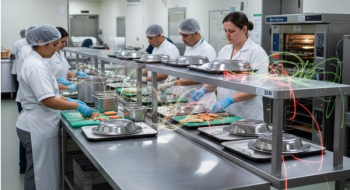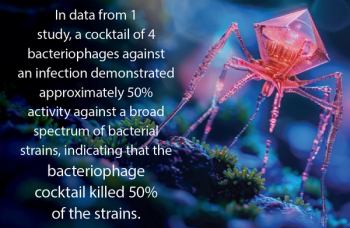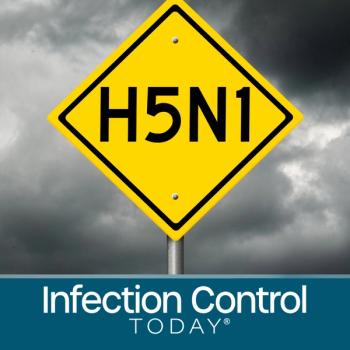
How to Guard Against Lapsed Hand Hygiene Compliance
Infection preventionists and hospital administrators need to continue pushing for better hand hygiene compliance once health care workers stop worrying as much about their own safety, a study states.
Even in the midst of the most ferocious COVID-19 surges, infection preventionists (IPs) and health care experts
Investigators with the department of orthopedics at Bispebjerg University Hospital in Denmark say that they have added to the “sparse research” on this topic and that their findings suggest that it cannot be assumed that HH compliance will continue at the levels seen during COVID-19. This drop-off has been
IPs should not let their guard down when it comes to monitoring hand hygiene compliance, according to the AJIC study, stating in their conclusion that “we cannot assume that a pandemic will change the attitudes of most” health care workers when it comes to hand hygiene.
In addition, as reported by Infection Control Today®, hospital management must help IPs in the push for infection prevention and control
The observational extension trial was conducted in a surgical department from January 2019 December 2020. Alcohol-based hand rub was used based on the World Health Organization’s (WHO’s) 5 moments of hand hygiene protocols. Electronic monitoring devices kept track of HH compliance for 19 physicians and 53 nurses. Investigators compared compliance when bi-weekly management intervention meetings were held, at a pre-COVID-19 follow-up, and then at a follow-up during COVID-19. The HH compliance rates were 58%, 46%, and 34% respectively.
“Despite the COVID-19 pandemic, the [HH compliance of health care workers] significantly decreased over time once the data presentation meetings from management stopped,” the AJIC study states. “This study demonstrates that HCWs fall back into old HH routines once improvement initiatives are stopped.”
Investigators cited previous studies suggesting that HH compliance rose when health care workers were concerned as much (or more) about their own safety than about the safety of patients.
“Interestingly, we also found that the [HH compliance] after patient contact gradually decreased over the three phases whereas the [HH compliance] before patient contact dropped quickly from phase 1 to 2 and stayed low during the rest of the study,” the study states. “It indicates that the [health care workers] fall back to old routines faster when it comes to ‘before patient contact’ (patient protection) compared to ‘after patient contact’ (self-protection).”
Newsletter
Stay prepared and protected with Infection Control Today's newsletter, delivering essential updates, best practices, and expert insights for infection preventionists.






